Plants at the Chinese Garden of Friendship
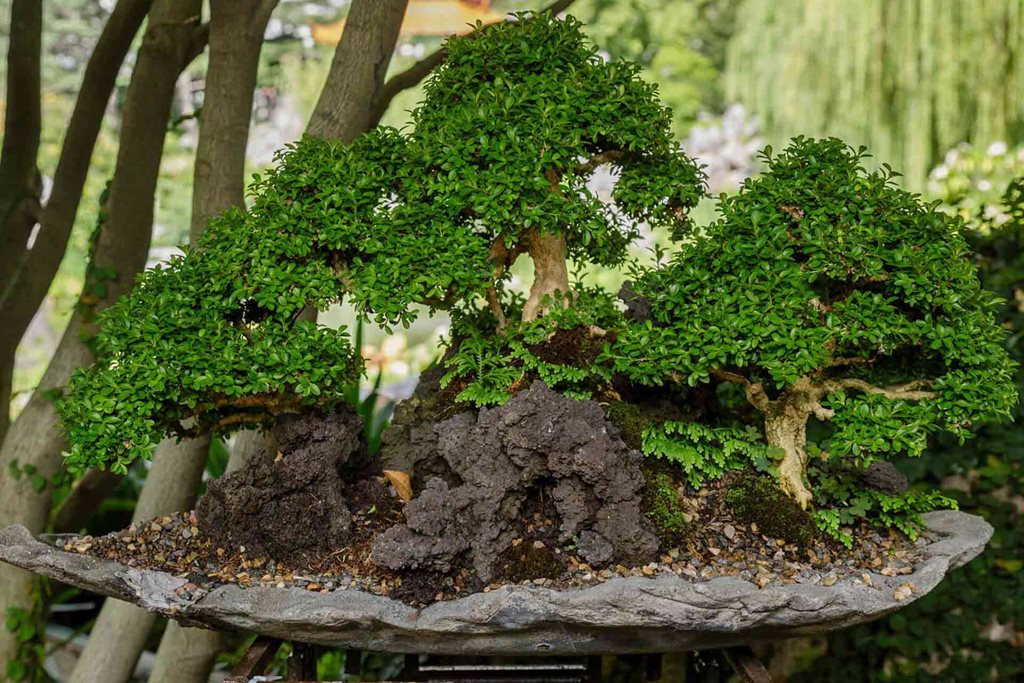
Penjing
Small trees and rocks in pots are well known as Bonsai from the Japanese art.
The Chinese origins of this art are developed along some different and distinctive styles, often larger, asymmetrical and with open canopies.
The pruning and training leads to a more natural looking shape but all the time aiming to be an ideal abstract of nature.
A number of plants and their pots were gifts from Guangdong these are included in the plants on display in the Garden.
盆景
在盆中栽种小树配以石头通常被称为日本盆栽。盆栽起源于中国。中国盆景与日本盆栽风格有所不同,通常体积较大,布局不对称,顶部舒展。枝叶的修剪不拘一格,营造植物自然生长的姿态,效法自然。此处展示的一部分盆景为广东省赠送。
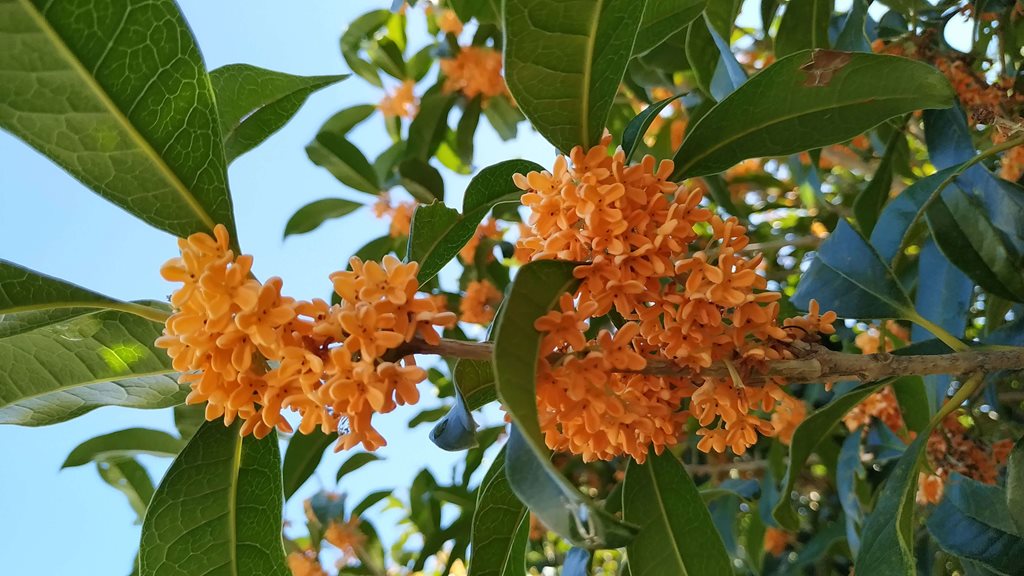
Osmanthus
The shrub, Osmanthus Fragrans. Fujian Flower Tree is particularly sweet smelling. The tiny white flowers with an intense orange blossom fragrance are frequently located at the entrance to the courtyards and building in the Garden.
It flowers throughout the year and makes continuing presence in spite of the diminutive flowers.
桂花
拉丁名Osmanthus Fragrans,常绿灌木,气味香甜。花小,为白色,具有浓郁橙花香气。桂花通常种植于园林庭院或建筑物入口处。花开四季,花虽小但为园中一景。
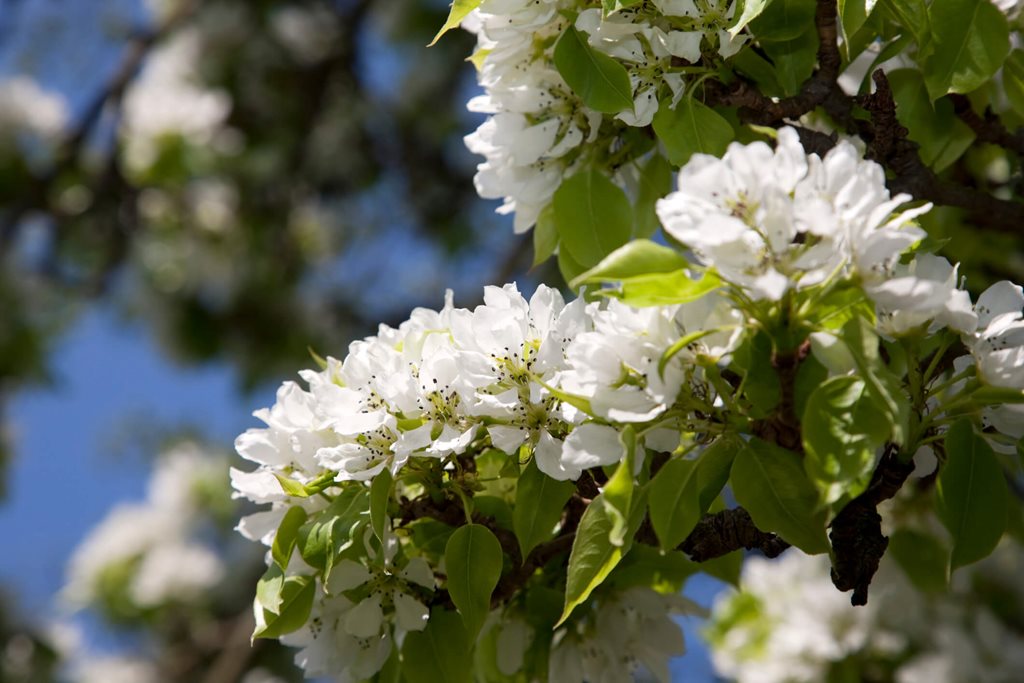
Manchurian Pear
This tree Pyrus Ussuriensis, is also known as the tree of good government. Pears because of their own durability are also known as a symbol of Longevity. Planted in this location near the Twin Pavilion, it is an expression of good wishes for both Guangdong and New South Wales.
满洲梨
拉丁名Pyrus Ussuriensis,梨树象征执政者仁政爱民。梨树生存时间长,也是长寿的象征。在双亭旁种植梨树,表达了对广东省和新南威尔士州的美好祝愿。
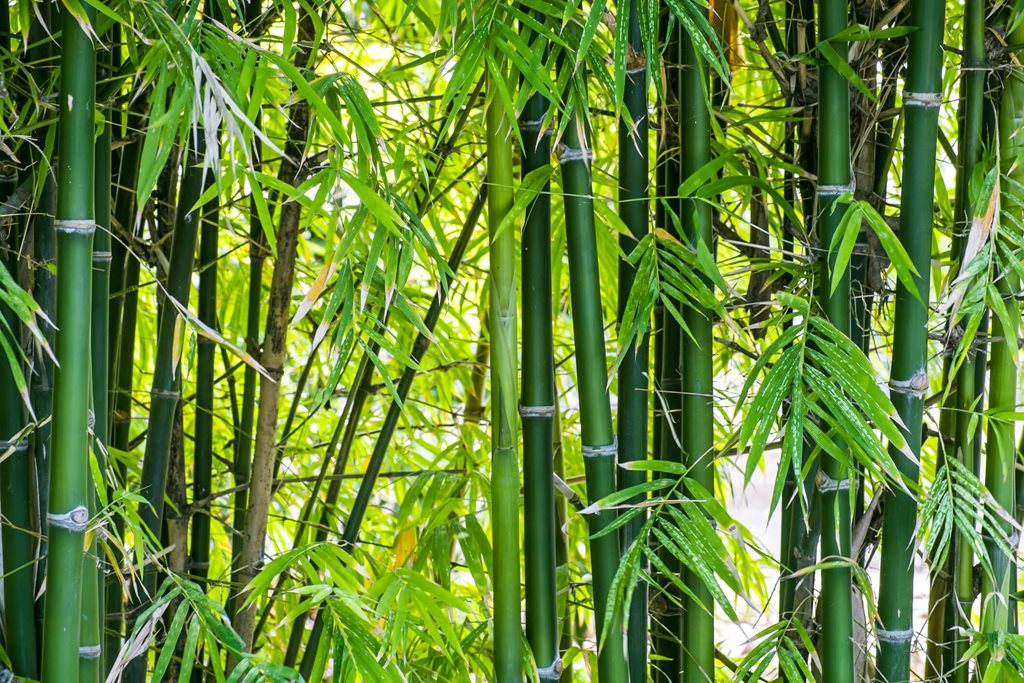
Bamboo Forest
This grove of black bamboo (Phyllostachys nigra) is the resting place for 7 huge but symbolic limestone boulders.
These rocks represent the seven sages who, it is said, spent time together in distant forests discussing, contemplating and laying down the principles of the Taoist philosophy.
竹林
紫竹,拉丁名Phyllostachys nigra。这处紫竹林中有七块巨大且有象征意义的石灰岩。这些石头代表竹林七贤的典故,七位贤德文人在竹林中隐居,共同探讨道教哲理。
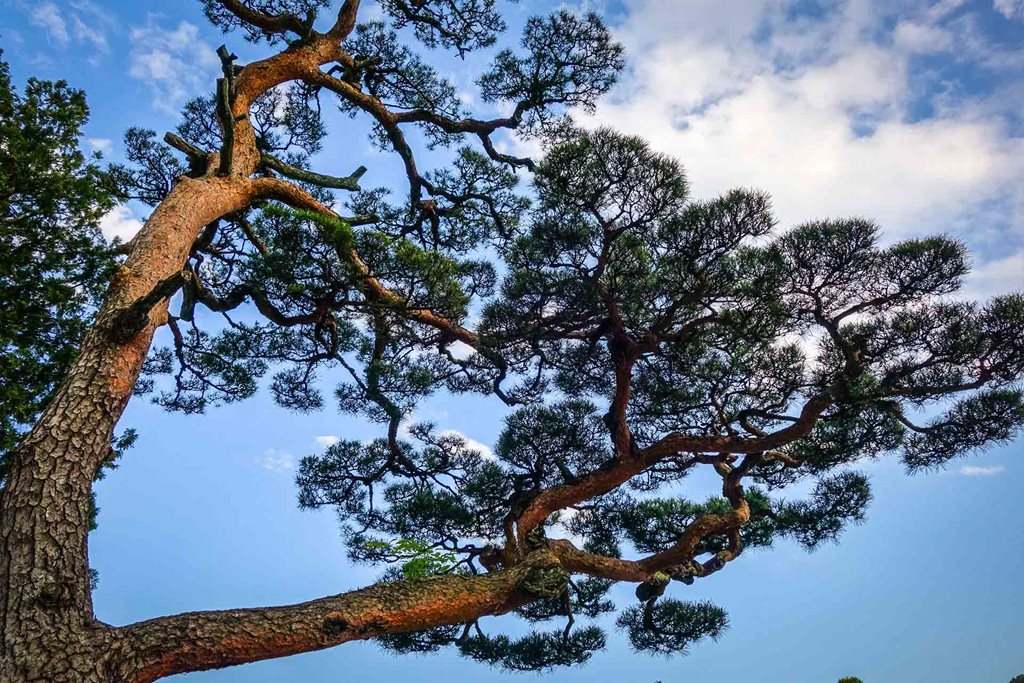
Black Pine
The trees dominating this hilltop are Black Pines (Pinus Tunbergii).
The theme of dark evergreen trees covering the “mountain” scenic zone provides a perpetual backdrop and screen for the Garden and creates a foil to the city’s built form.
The pine not only evokes thoughts of traditional mount scenery but it is said also to be one of the “three friends of winter” (together with the Plum and the Bamboo).
黑松
山顶上以种植黑松为主,拉丁名Pinus Tunbergii。在“高山”上遍植这种深色常绿树种,成为园林的背景和屏风,与城市的高楼林立形成对比。松树不仅让人想起传统山野风光,更是与梅和竹并称“岁寒三友”。
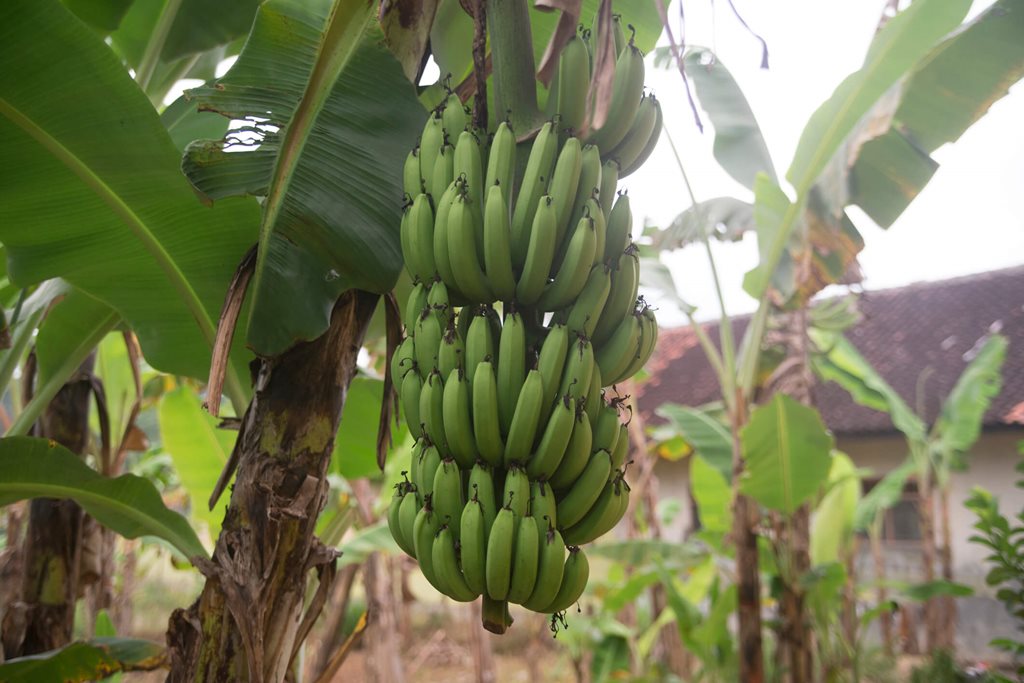
Banana
A beautiful foliage plant when viewed close up.
The leaves are water repellent and particularly attractive when rain drops fall the leaves ring and shimmer in tiny courtyards.
The banana is a tree of good luck but it is best being discovered well within the garden.
芭蕉
芭蕉叶近观外形优美。芭蕉叶不渗水,下雨时,水珠在叶子上滚动闪闪发光,十分美丽。芭蕉是吉祥树,最好种在园林深处。
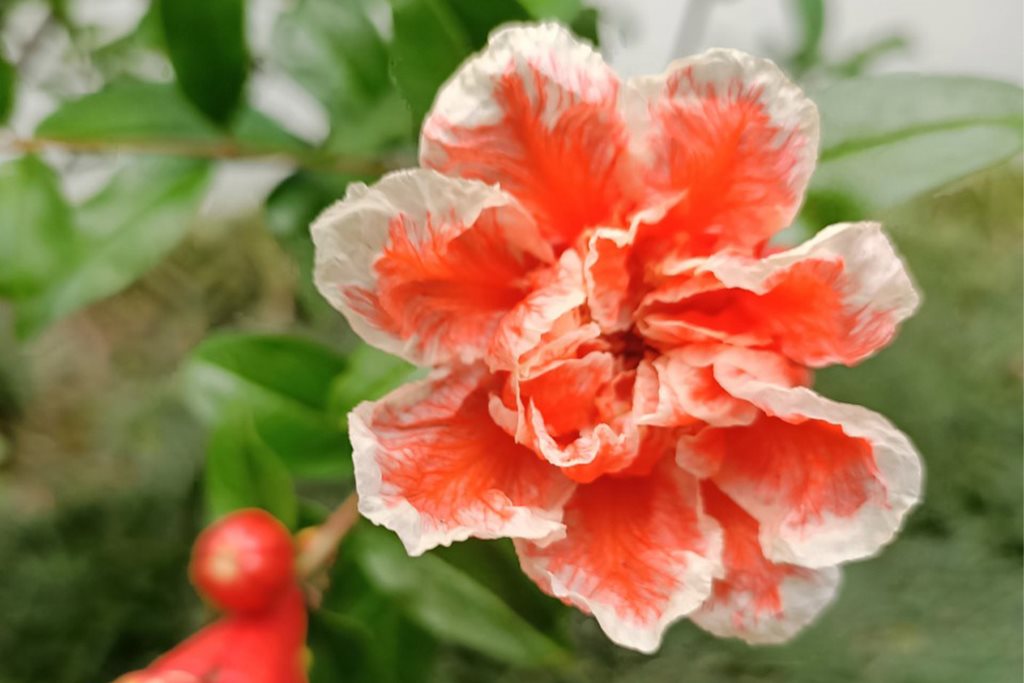
Pomegranate
A small ornamental tree of pomegranate is often favoured for use in Chinese garden for its sculpture form. It is said that because of the way fruit bursts open that it is a symbol of fertility.
It is equally a symbol of posterity; the fruit, flowers and roots are used in traditional remedies.
Pomegranate plants are favoured for bonsai (Penjing).
石榴
这种装饰性的小树造型优美,在中国园林中较为常见。据说因石榴果实多籽,成熟后裂开,象征生殖力,多子多福。石榴的果实,花朵和根都可入药。石榴还经常被用于盆栽(盆景)。